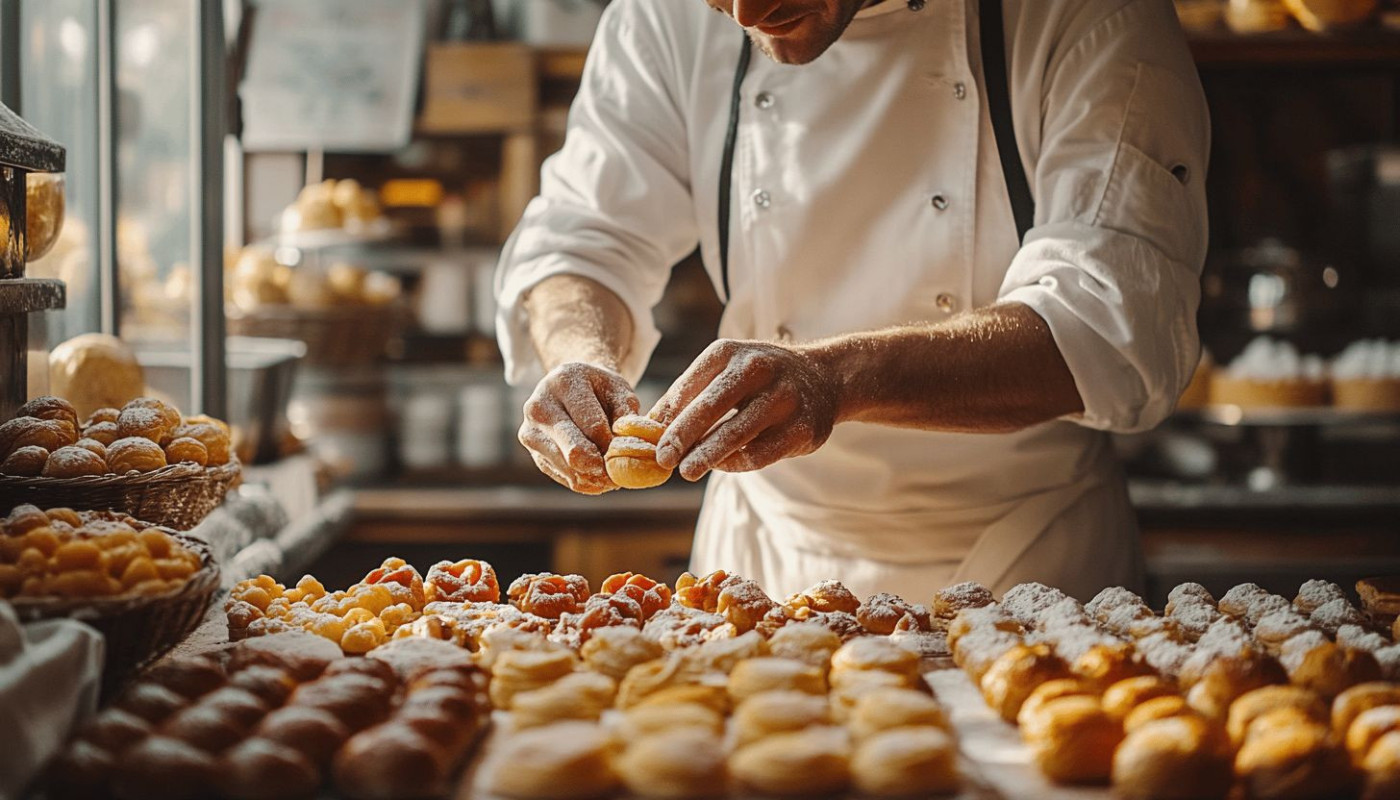Table of contents
The allure of French delicacies has long captivated food enthusiasts around the globe, offering a blend of flavor, tradition, and artistry that few cuisines can match. As these authentic French creations make their way into local kitchens, their influence sparks creativity and transformation, redefining culinary landscapes. Delve into how these time-honored tastes shape local cuisine—each paragraph unpacks a different dimension of this flavorful relationship, inviting you to savor the subtle ways French gastronomy leaves its mark.
Cultural exchange through cuisine
The introduction of authentic French delicacies into local cuisine sets in motion a dynamic process of cultural exchange that significantly transforms regional food landscapes. When French delicacies are embraced by a new community, they do not simply replace existing culinary traditions; rather, they intermingle with them, creating a rich tapestry of flavors, techniques, and presentations. This phenomenon, known as gastronomic syncretism, is visible in the way local dining habits evolve—diners may begin to appreciate the ritual of a multi-course meal, adopt the practice of pairing wine with food, or incorporate artisanal bread and pastries into daily routines. As these French influences merge with indigenous ingredients and cooking methods, unique fusion dishes emerge, blending the refined techniques of French patisserie or sauce making with local tastes and produce. This ongoing exchange not only diversifies the local cuisine but also stimulates innovation among chefs and home cooks alike, offering new sensory experiences and elevating the overall food culture of the region. By fostering such hybrid culinary traditions, the presence of French delicacies becomes a driving force in the evolution and enrichment of local gastronomy.
Reinventing classic recipes
Local chefs often embrace French techniques to breathe new life into cherished local recipes, blending authentic ingredients from both gastronomic traditions. The process begins with meticulous mise en place, ensuring that every component is prepared and measured with precision. Through culinary innovation, familiar dishes like stews or pastries are elevated by integrating French methods such as sous-vide cooking or classic sauce reductions. For instance, a regional fish stew might be enriched with a velvety velouté, while local bread is transformed using the crisp, airy textures achieved through traditional French baking practices. This chef creativity creates dishes that both respect the origins of local recipes and introduce diners to refined flavors and techniques, showcasing the harmonious evolution that occurs when authentic ingredients and time-honored skills merge on the plate.
Impact on ingredient sourcing
French cuisine is renowned for its celebration of terroir, emphasizing the unique qualities that local environments impart to ingredients. The introduction of authentic French delicacies into local markets has significantly influenced ingredient sourcing practices, as food producers and suppliers strive to meet the elevated standards set by French culinary traditions. This trend has resulted in a heightened demand for fresh produce and high-quality ingredients, encouraging local agriculture to adapt and diversify crop selection. Producers often seek partnerships with farmers who understand the nuances of soil composition, microclimate, and sustainable cultivation—all critical factors for replicating the flavors found in French cuisine. These changes ripple through the food supply chain, prompting local markets to prioritize traceability, seasonality, and provenance. Such shifts not only raise the bar for ingredient sourcing but also foster a culture of transparency and quality that benefits both consumers and the broader food ecosystem.
Elevating dining experiences
The integration of authentic French delicacies has redefined the dining experience across global culinary landscapes. From meticulously arranged table presentation to the intricate layering of French flavors, every aspect of service is influenced by the timeless sophistication of French gastronomy. Service à la française, known for its elegant sequence of courses and attention to detail, has set new benchmarks in hospitality, prompting restaurants to refine their approaches to both cuisine and guest interaction. As a result, customer expectations have evolved; diners now seek not only exceptional food but also immersive experiences highlighted by refined restaurant ambiance and attentive service. Venues such as a restaurant in Sathorn demonstrate how embracing French culinary traditions can transform local dining, offering guests a harmonious blend of authenticity and contemporary flair that leaves a lasting impression.
Shaping modern culinary identity
The enduring French influence continues to mold the culinary identity of many regions, fostering a dynamic food evolution that bridges gastronomic heritage with contemporary creativity. Local chefs integrate classic French techniques and authentic delicacies—such as pâté en croûte, confit, or artisanal cheeses—into their repertoires, infusing modern cuisine with layers of tradition and refinement. This harmonious blend of culinary patrimony and innovative approaches not only enriches the local palate but also garners acclaim from food communities and critics, who celebrate the evolving narrative of these dishes. The interplay between heritage recipes and inventive presentations highlights how French influence remains a driving force in redefining what it means to honor the past while embracing the future in the world of gastronomy.
Similar



